Report on a trip from March 23 – 31, 2022 by Dr. Gerold Holtkamp
"Once out of ten times it's really good." So goes a saying among sailors. He describes that many factors influence the success of a sailing trip, especially the weather. It's similar when hunting the northern lights. The weather and thus the cloud density are also important factors. Of course, there is also the fact that sufficient solar wind has to arrive on earth to produce the luminous phenomena. With the last factor you can help your luck a little. The sun is subject to an approximately 11-year cycle of activity. The most visible signs are the sunspots. But also active zones with corresponding eruptions and so-called coronal mass ejections (Coronal Mass Ejection = CME) can be observed. The sun had increased significantly in activity for several months, which increased the probability of the occurrence of aurora borealis.
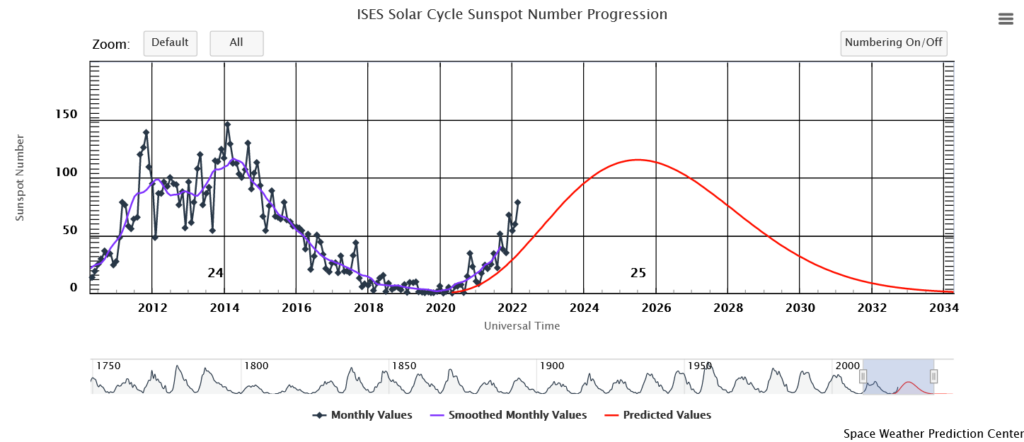
In addition, a trip around one of the two equinoxes is promising, because then the Earth's magnetic field is in a position to the solar or interplanetary magnetic field, which, according to experience, makes auroras occur with an increased probability. The reason for this is not yet fully understood.
It is also important that the moon is not in the sky at night. That's why I consulted the site https://www.timeanddate.de . The period from 23 to 31.3.2022 was optimal. In order to make the probability of seeing the aurora borealis as high as possible, I had planned an eight-day stay. In one of the nights it should work ... . The next new moon phase would not have made sense, because then it would no longer be completely dark due to the immediate proximity to the Arctic Circle. Already in March there is sufficient darkness only from about 11 pm.
Iceland can be easily reached by Icelandair from Amsterdam or Frankfurt. On previous trips to Iceland (left) I had started from Amsterdam. This time I flew from Frankfurt on March 23rd at 1 p.m. and arrived in Keflavik, Iceland's international airport, after 3.5 hours. The rental car pick-up worked smoothly. The first destination was the small town of Borganes, north of Reykjavik. The next day I intended to drive further north to the area around Akureyri, the second largest city in Iceland, because there is less influence of the Gulf Stream. My expectation was that because of this, cloud formation would also be lower there. Things turned out differently.
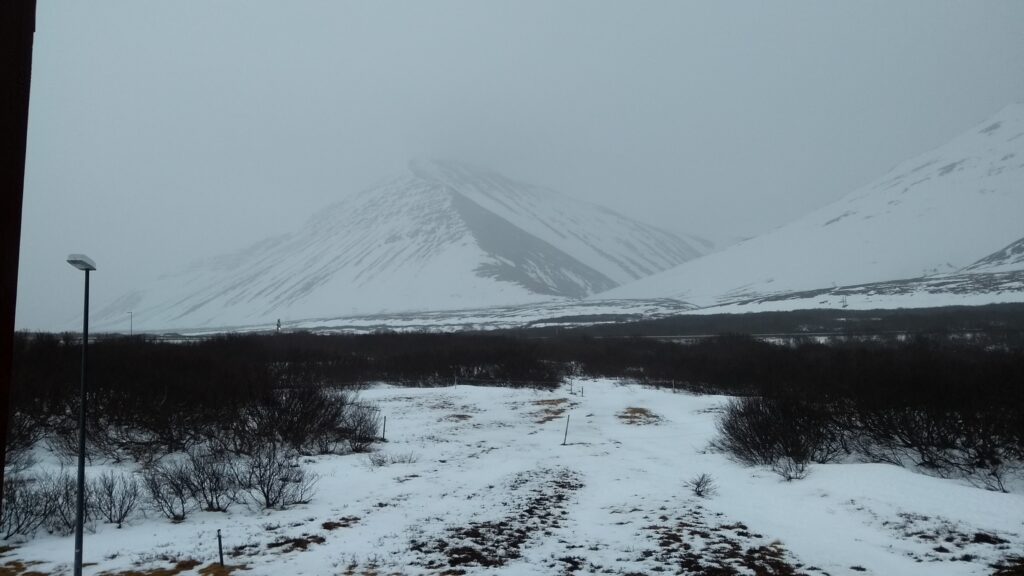
For the next day, the forecast for the north was very poor, but for the south there seemed to be a chance. So I drove about 3 hours to Vik on 24.3. I was unlucky. There was a gap in the clouds at dusk, but it closed quickly. The next night it should perhaps become clear in the north around the village of Laugarbakki. So I set off on the five-hour journey. The drive over the pass turned out to be by far the most strenuous part of my journey: rain and storm below, then sleet, freezing rain in between, then only snow, but always storm.
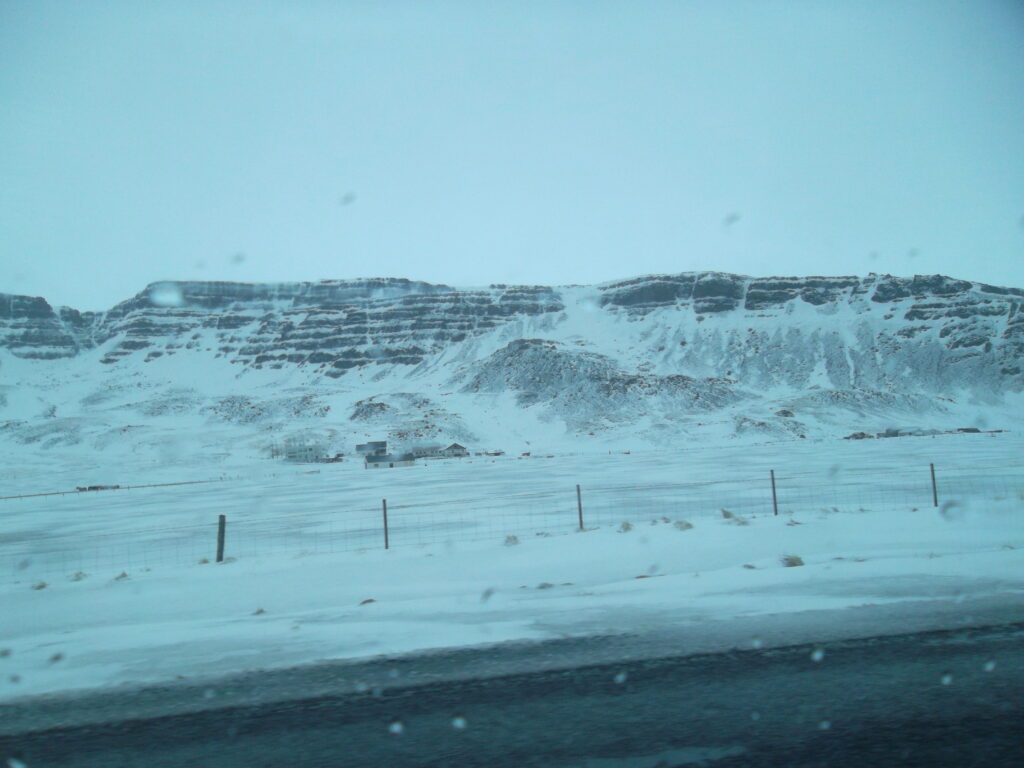
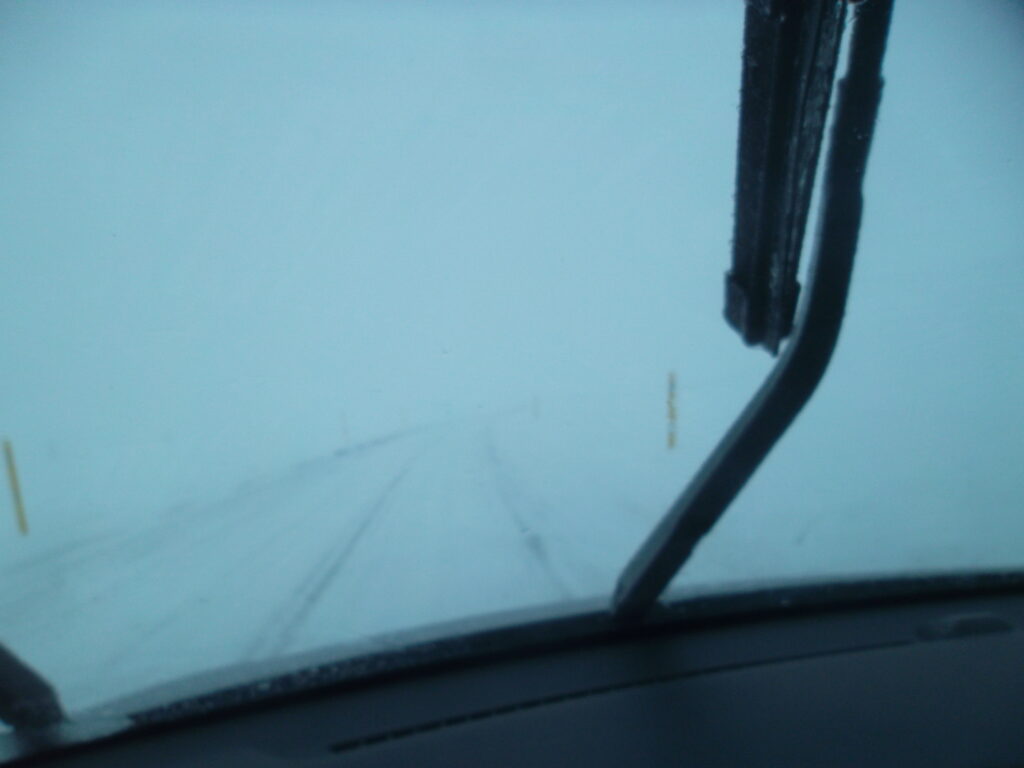
Finally (two hours late) arrival in Laugarbakki in the north. The prediction remained at "closed cloud cover", even for the near future.

The following day, however, a thaw actually set in, so that the snow on the meadow in front of the hotel turned into slush. Late in the evening at 10 p.m. I went outside again to be on the safe side. The magnetic field measurements finally showed activity – you never know ... .
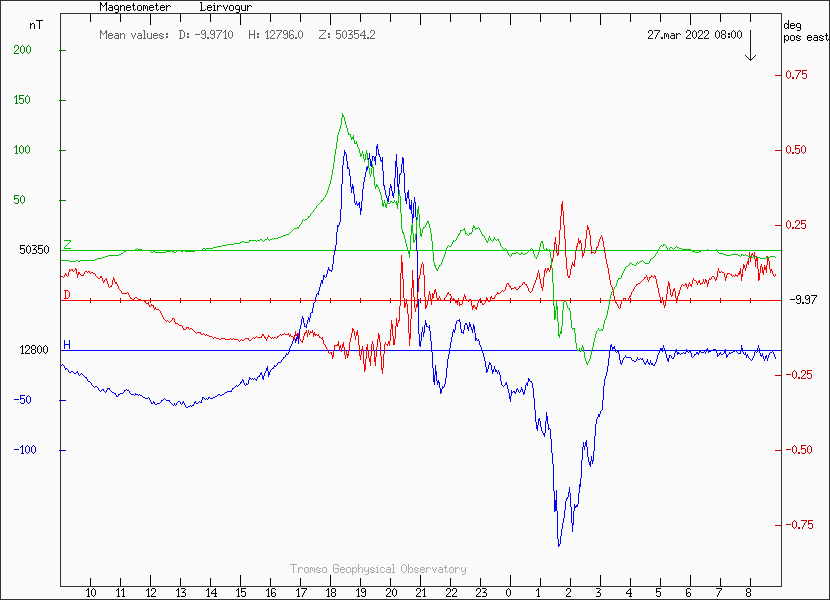
Down on the ground was the slush, but up there, there was the Northern Lights dancing! In fact, a large gap in the clouds had formed. The Northern Lights were almost directly above me. For about 1.5 hours I was able to enjoy the sight and take pictures.
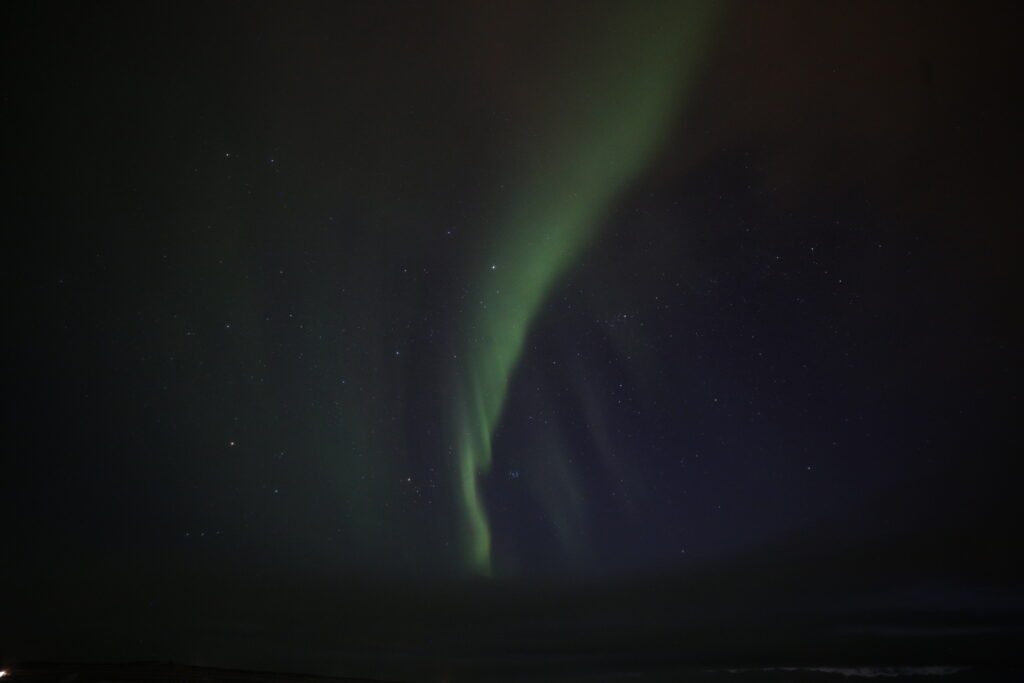
In the lower center of the picture, the Pleiades can also be seen.

Clouds are coming back.
After this first success (finally!), I was encouraged by the weather forecast for the next night: relatively clear skies until 1 a.m., but only further north, albeit with a storm and well below zero. So the next day I drove to the small former fishing village of Skagaströnd, where I stayed for the next three nights.
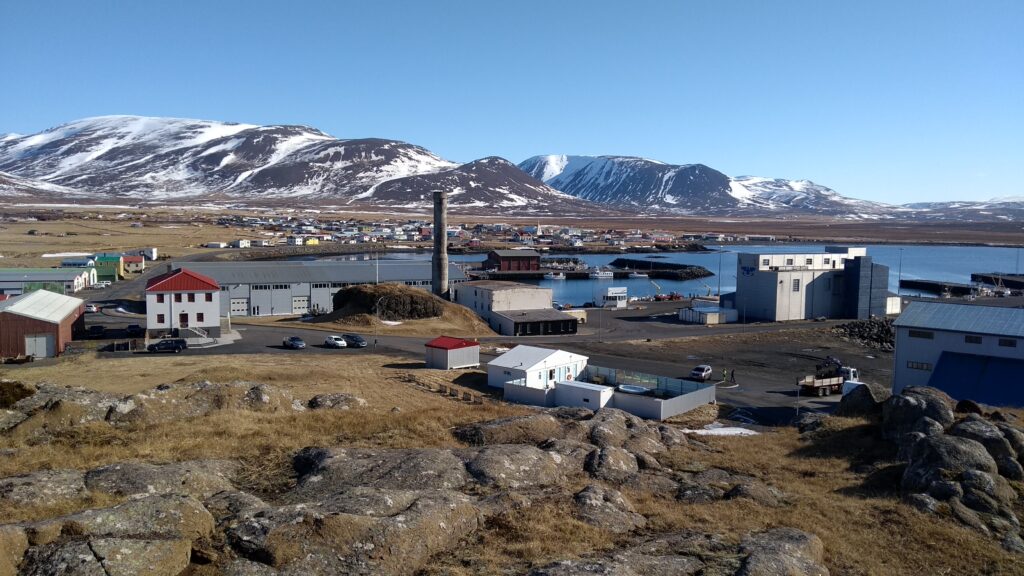
At night I was further down the Norwegian Sea to have protection from storms and artificial light. The weather forecast kept its word. It was the most eventful night of my trip!
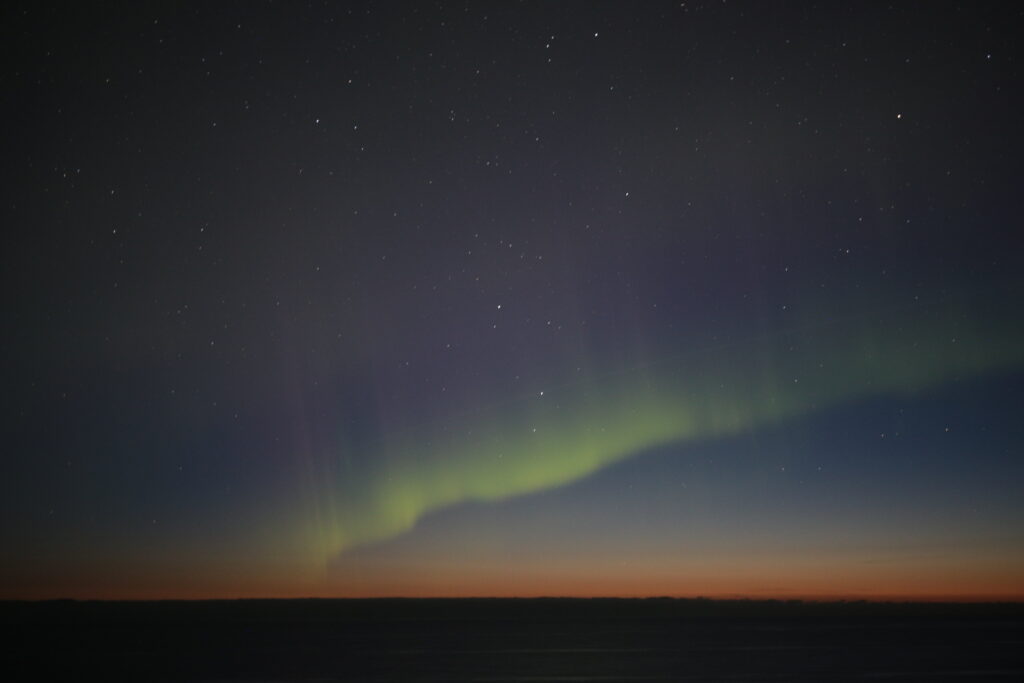

The following two nights brought relatively clear skies and no wind, but unfortunately only weak aurora activity. But still, there was something to see.
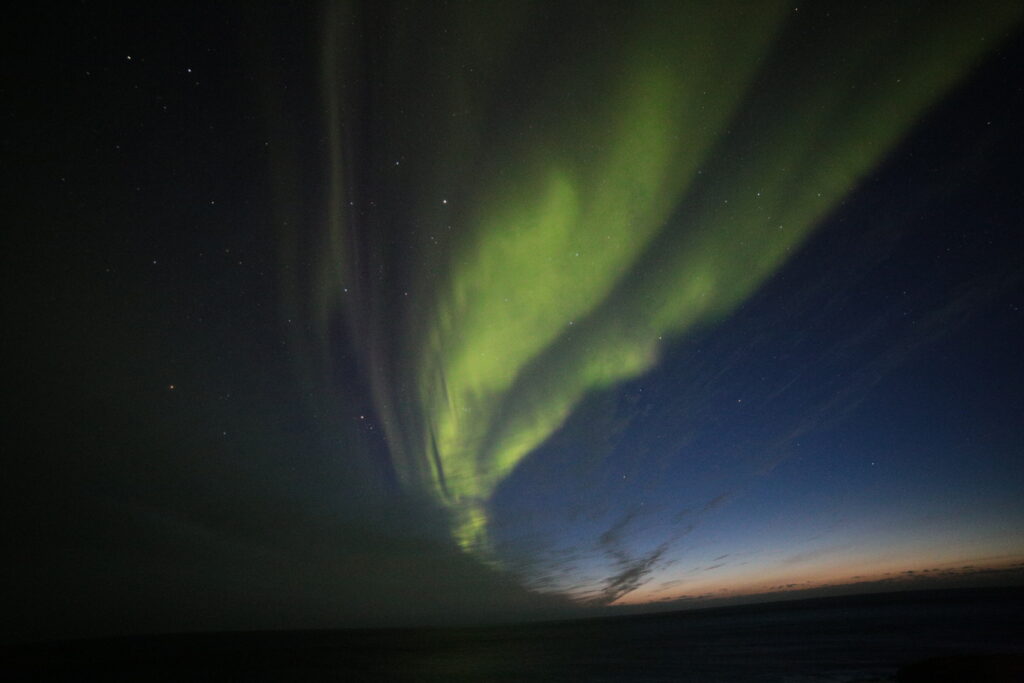
On 30.3. I went back to Reykjavik to spend the night there. The return flight was scheduled to take off early in the morning shortly after 7 a.m. For 31.3. at about 3 o'clock in the morning very large auroral activity was announced, caused by several CME. The evening and night were very cloudy with a small chance for the second part of the night. I took the chance and set off at 3 a.m. in Mosfellsbaer, a northern suburb of the capital, on the approximately one-hour trip to the airport. About 15 minutes before arriving at the airport, I was aware of a dark observation point from one of my previous trips. When I turned off the headlights and got out of the car, the Northern Lights were dancing in the sky again, here and there and again directly above me. But strangely enough, only with a very low brightness, so I couldn't see any colors.


Aurora at the early morning at 03 a.m. 31.3.2022 near Grindavik, Canon 6D, 50mm, f1.4, ISO 1600, 2,5s
It can be seen in the shots again by the long exposure times. However, the structures and movements of the auroras were just as pronounced as the nights before. The observation situation was extremely impressive: loneliness and complete darkness despite the nearby city. The Northern Lights danced in the silence. My trip to the Aurora Borealis was worth it.
From the static continuous shots I created an animated GIF and also video sequences.

(Animated gif, Camera Canon 6D, 14mm, f2.8, ISO 10000, 1s, 5fach Time-lapse)
(Canon 6D, 14mm, f2.8, ISO 10000, 1s exposure, Time-lapse with double speed)
(Canon 6D, 14mm, f2.8, ISO 10000, 1s exposure, clip with 5 fps.)
(Shot straight up. Approximately 3x speed time lapse)